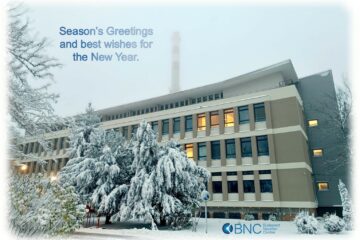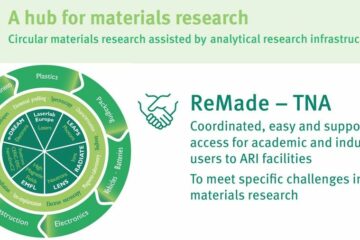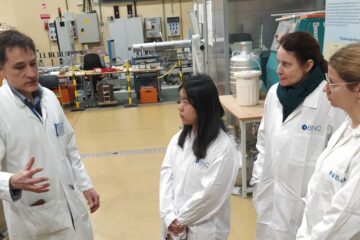Researchers from the Nuclear Analysis and Radiography Department of the HUN-REN Centre for Energy Research (HUN-REN EK-CER NAL) have prepared hundreds of pages of reports providing the basis for the guideline for the design of radiation-resistant and shielding-reinforced concrete structures for the Paks II. investment. The nuclear analytical infrastructure linked to the Budapest Research Reactor (BRR), operated by HUN-REN EK-CER and supervised by the Budapest Neutron Centre (BNC), was essential for this work.
A major outcome of the research programme, supported in the framework of a major project by ÉMI Non-Profit Ltd. (Limited Liability Company for Quality Control and Innovation in Building), is two technical directives. These guidelines pave the way for the design of radiation-resistant and shielding-reinforced concrete structures for the Paks II. investment, which are essential in nuclear safety. One of the directives is aimed at testing the resistance of concrete to boric acid and elevated temperatures. The other provides a set of procedures and test methods for the design of radiation-shielding concretes for new nuclear installations, based on activation susceptibility. The latter guideline is based on the research conducted by HUN-REN EK-CER NAL researchers Katalin Gméling, Veronika Szilágyi, László Szentmiklósi, Ildikó Harsányi, and Viktória Sugár.
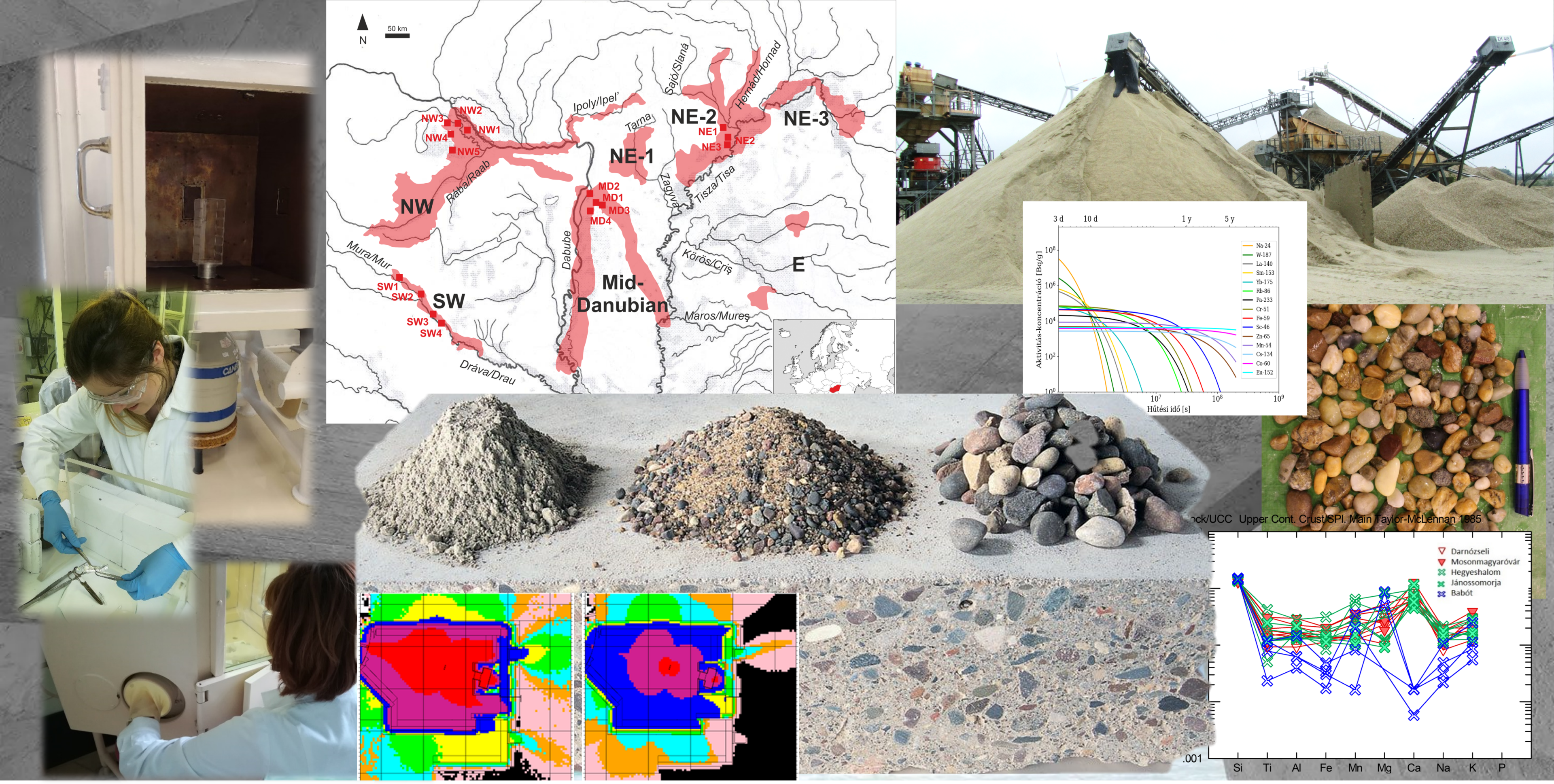
The figure shows the field of examinations, measurements and modelling carried out by the colleagues at HUN-REN EK-CER in a joint research programme with ÉMI Non-Profit Ltd., which contributed to the development of the technical guideline for the design of concrete compositions for radiation protection concrete structures to be used in the Paks II project.
To design the shielding for the required radiation level, the quantification of the long half-life isotopes produced by the interactions of ionising radiation in the material is essential. The neutrons produced during nuclear fission can be absorbed by lightweight materials, so it is appropriate to surround the reactor body first with lightweight concrete. These may consist of additives with light and heavy elements, but mainly rich in hydrate-water, such as serpentinite or limonite. Gamma and X-ray radiation originating from the reactor core, the reactor vessel, and the lightweight concrete can be absorbed by so-called heavy concretes containing heavy elements.
From a radiation protection point of view, the main objective of shielding is to provide biological protection for workers and their environment during optimal operation and maintenance. However, the radiation shielding concretes must not only comply with the short-term expectation, but also the long-term dosimetric aspects over the life cycle of nuclear power plants. With a properly designed composition of the concrete, the radiation exposure of workers during decommissioning and the amount of hazardous waste disposed in long-term repositories can be significantly reduced, leading to remarkable health and economic benefits.
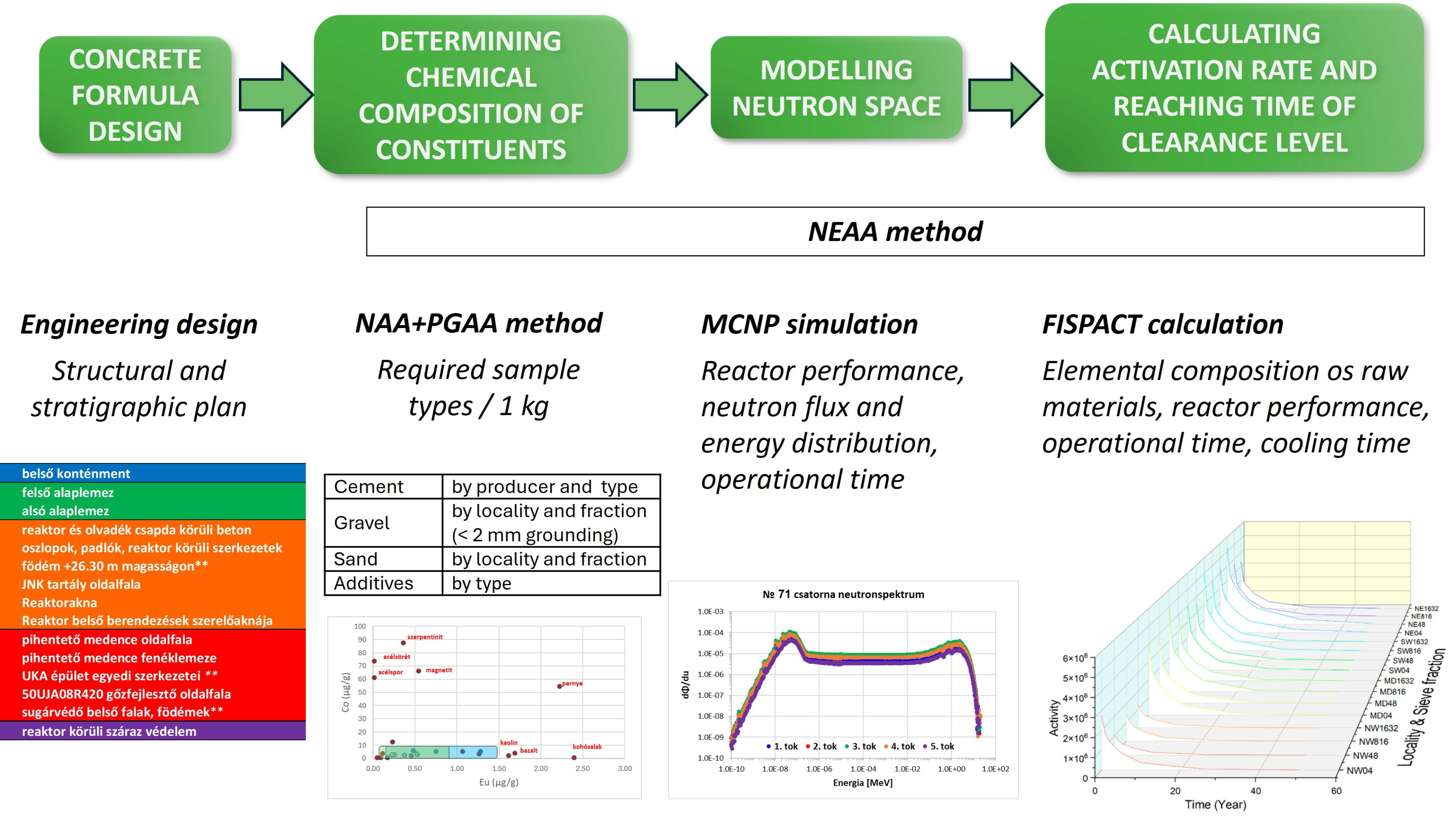
The flowchart illustrates the elements of a technical guideline describing a set of procedures and test methods for the design of concrete and reinforced concrete structures relevant to nuclear safety, based on the design of concrete compositions for the susceptibility test.
The ALARA (As Low As Reasonably Achievable) principle of radiation protection requires (trace) element contaminants that generate long-lived radionuclides to be minimised in order to create materials with low activation susceptibility. To do this, the concentrations of elements that produce long half-life isotopes during neutron irradiation must be measured in aggregates, additives and cements deriving from different sources, and kept as low as possible by choosing the appropriate raw material.
The researchers from HUN-REN EK-CER have developed the complex NEAA method (Neutron-based Elemental analysis and Activation Assessment) for detailed elemental composition analysis and activation susceptibility measurement of the components in radiation shielding concrete. Nuclear elemental analysis methods were used to determine the concentration of long half-life isotopes in some components of concrete specimens (cement, sand, gravel, aggregates such as magnetite, steel shot, limestone, serpentinite). The nuclear analytical and petrographic analysis of numerous concrete raw materials has provided a unique dataset for ÉMI. As a next step, the energy spectrum, intensity, and spatial distribution of the neutrons reaching the shielding concrete body around the reactor core were simulated using the Monte Carlo N-Particle Transport (MCNP) code. Applying the concentration data and the modelled neutron field, the expected activation rate and the time required to reach isotope-specific clearance levels could be calculated by the FISPACT modelling (i.e., an activation-transmutation and depletion stock estimation) programme.
Numerical modelling based on realistic measurements of elemental concentration of raw materials of radiation shielding concretes for Paks II. can be used to predict the activation susceptibility of the shielding concretes of the nuclear facility, the activity levels required for economically acceptable radioactive waste management during the decommissioning, and the time factor for reaching clearance levels.
